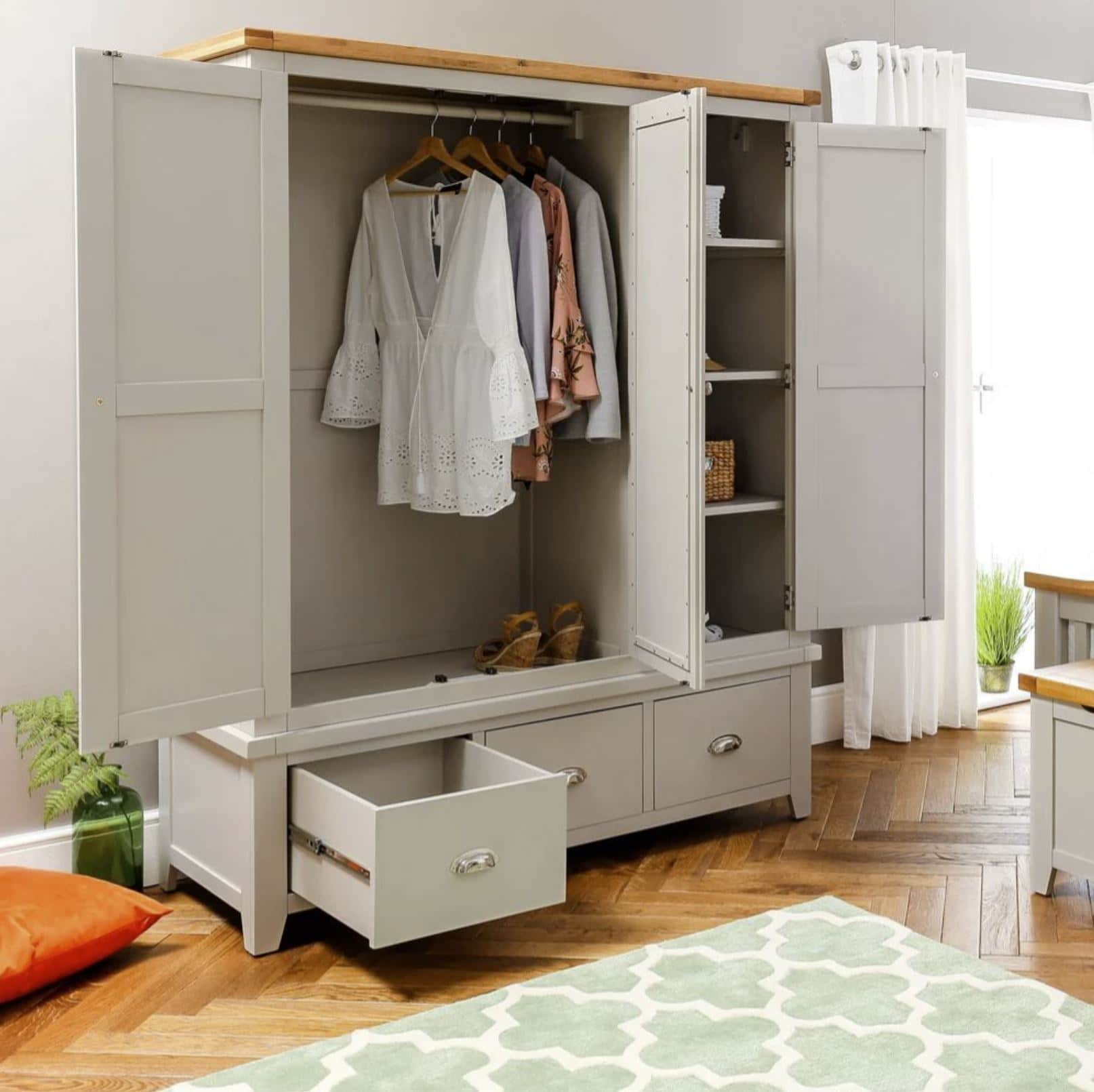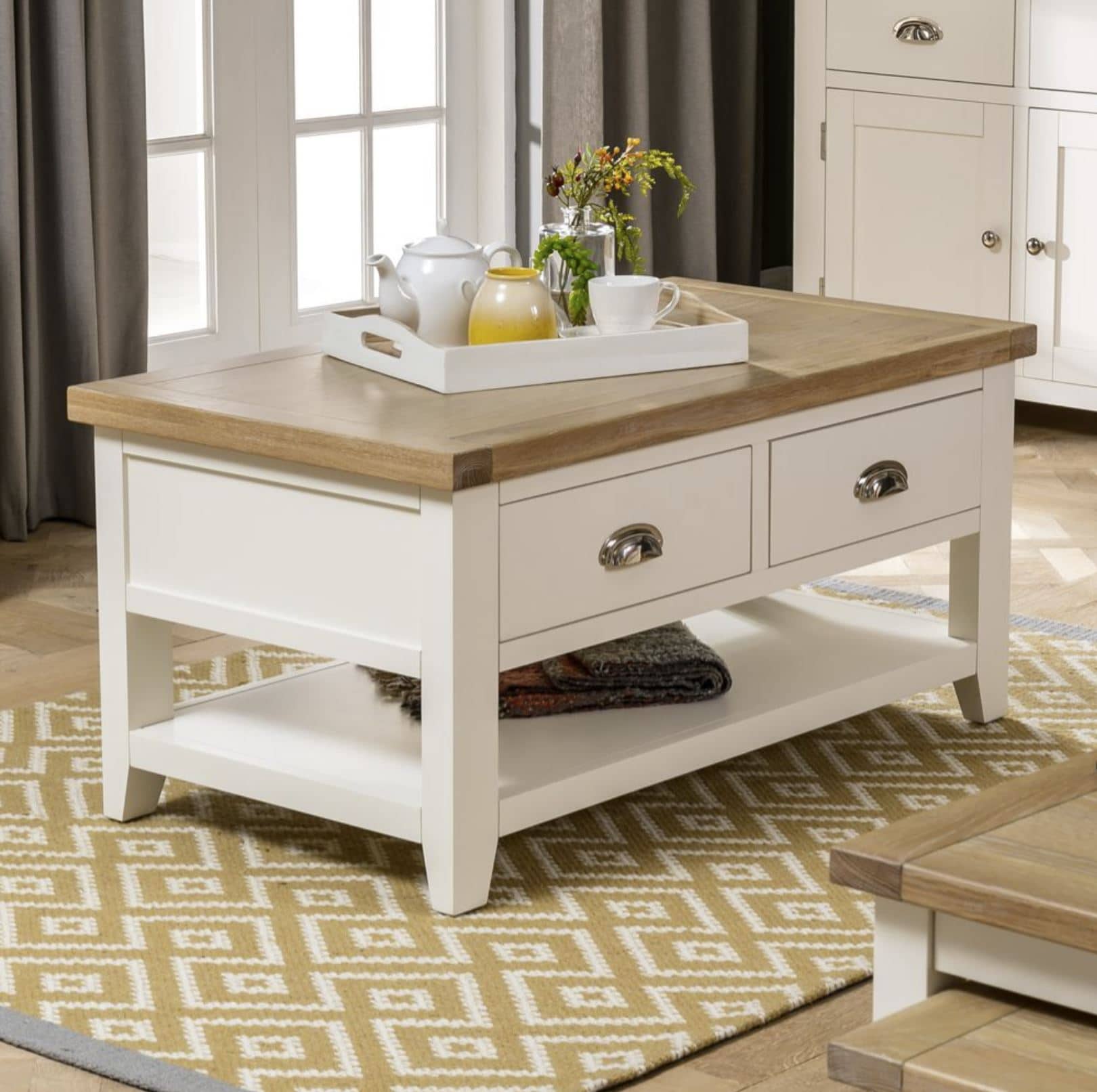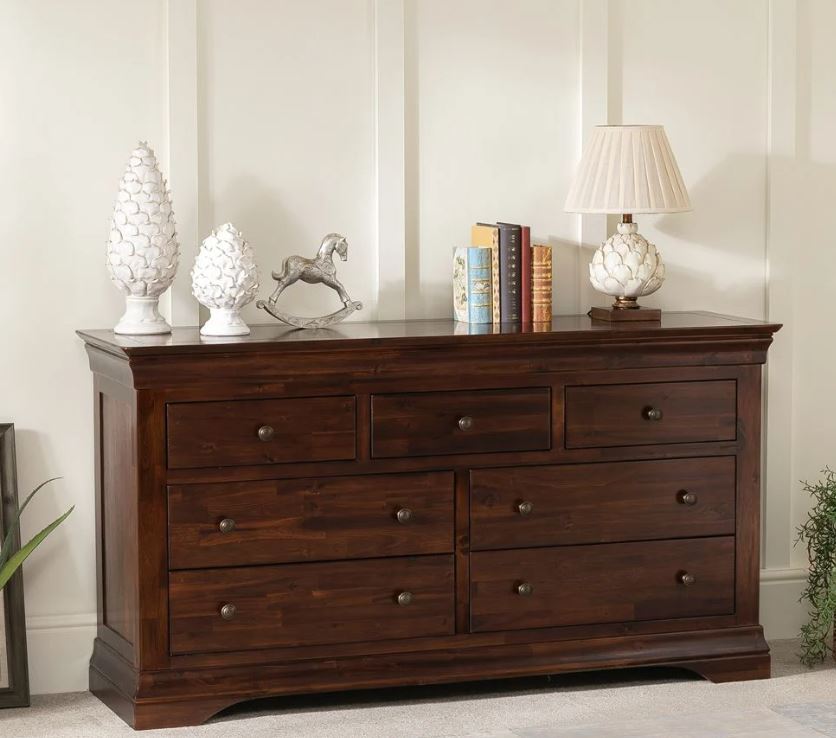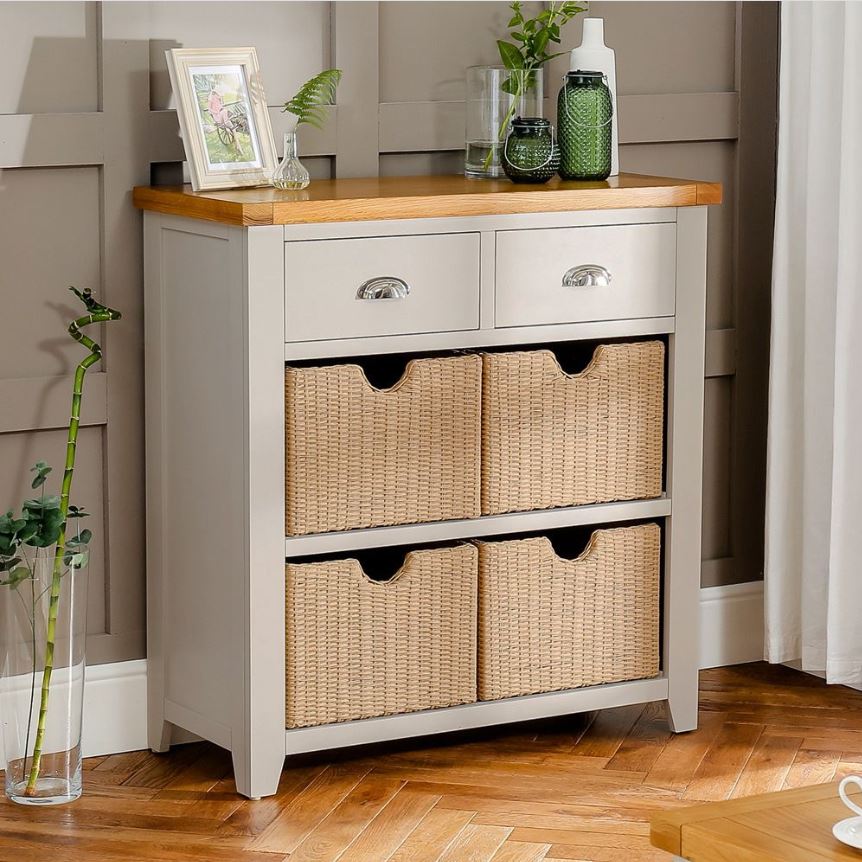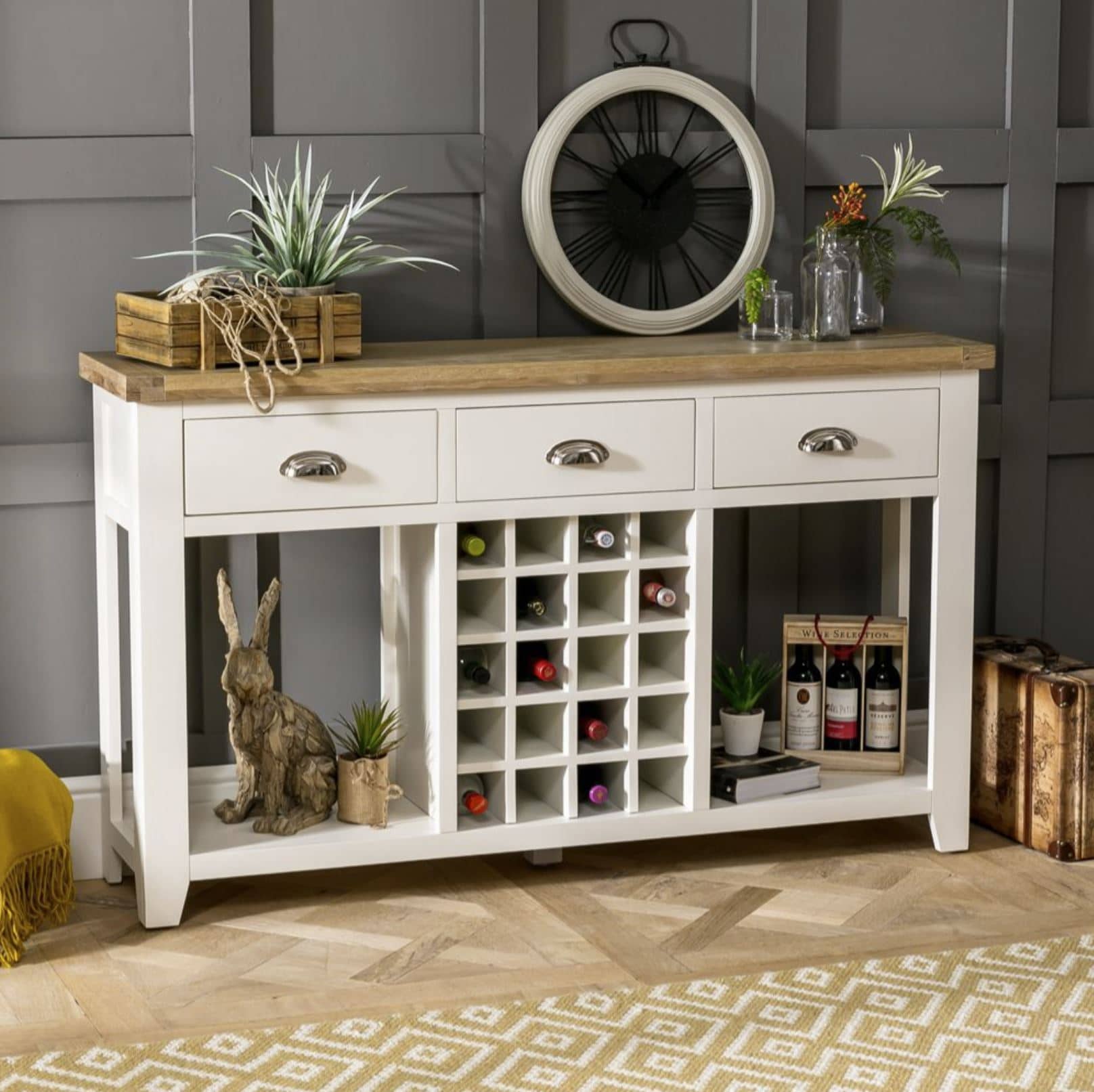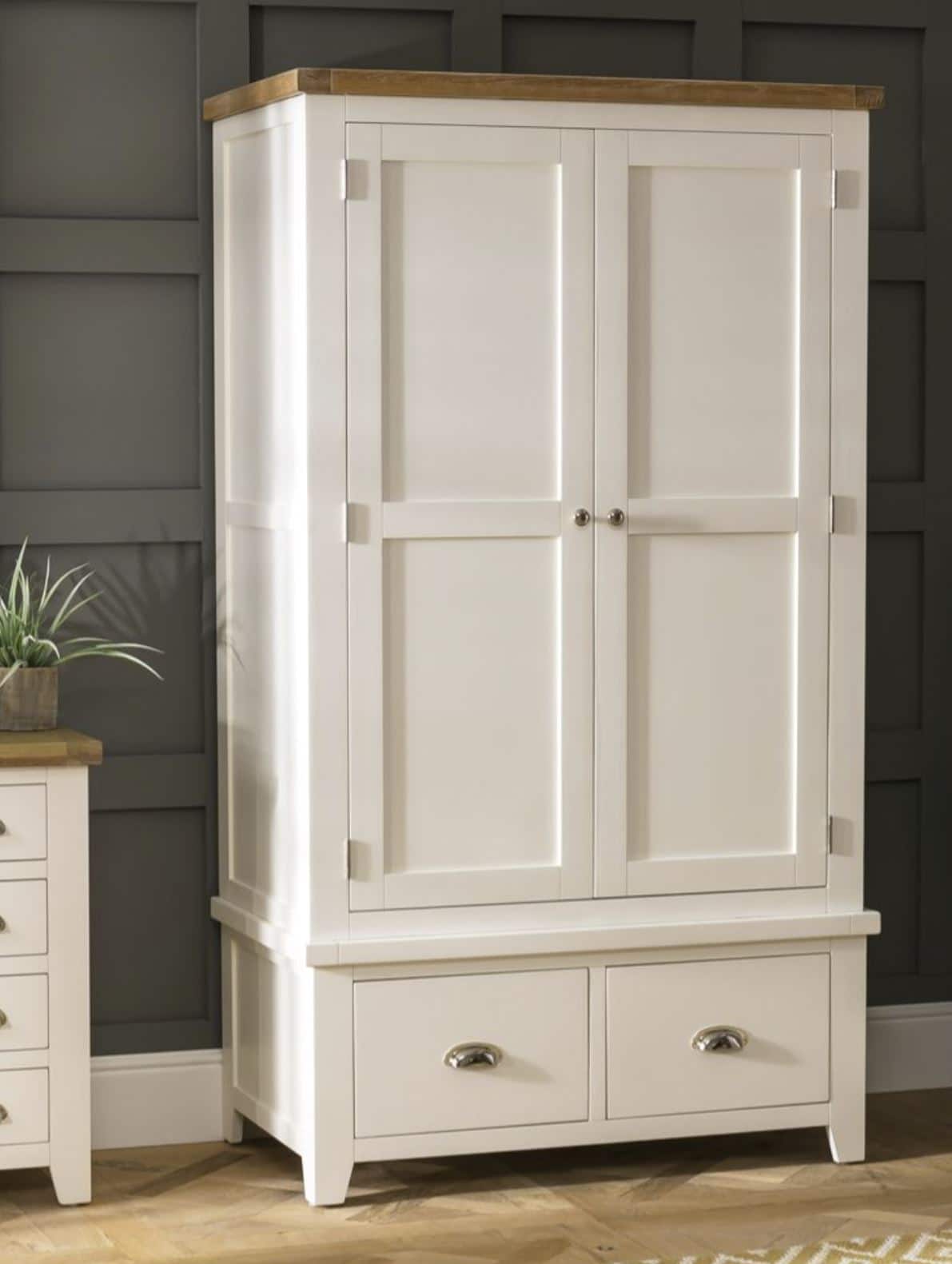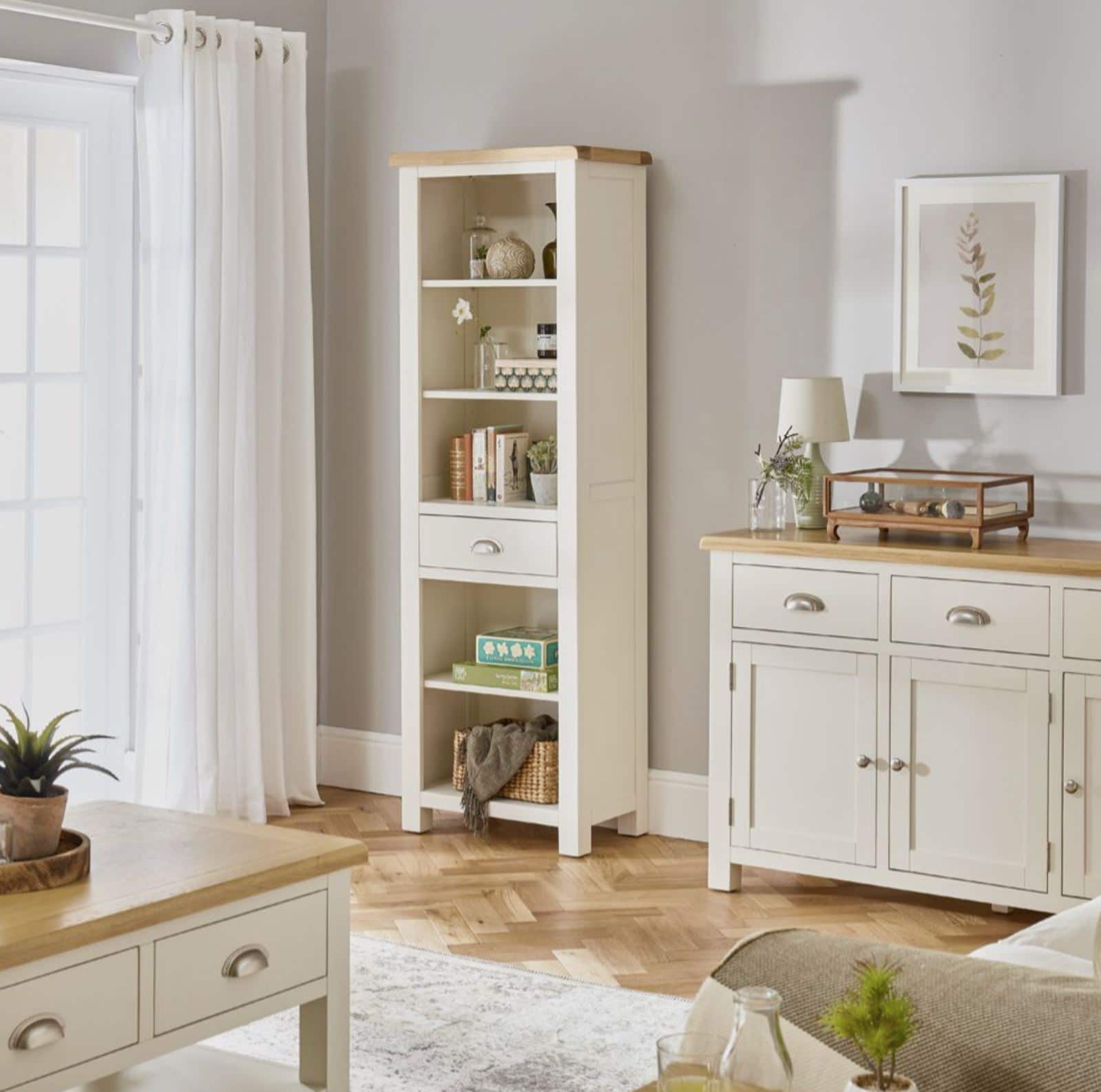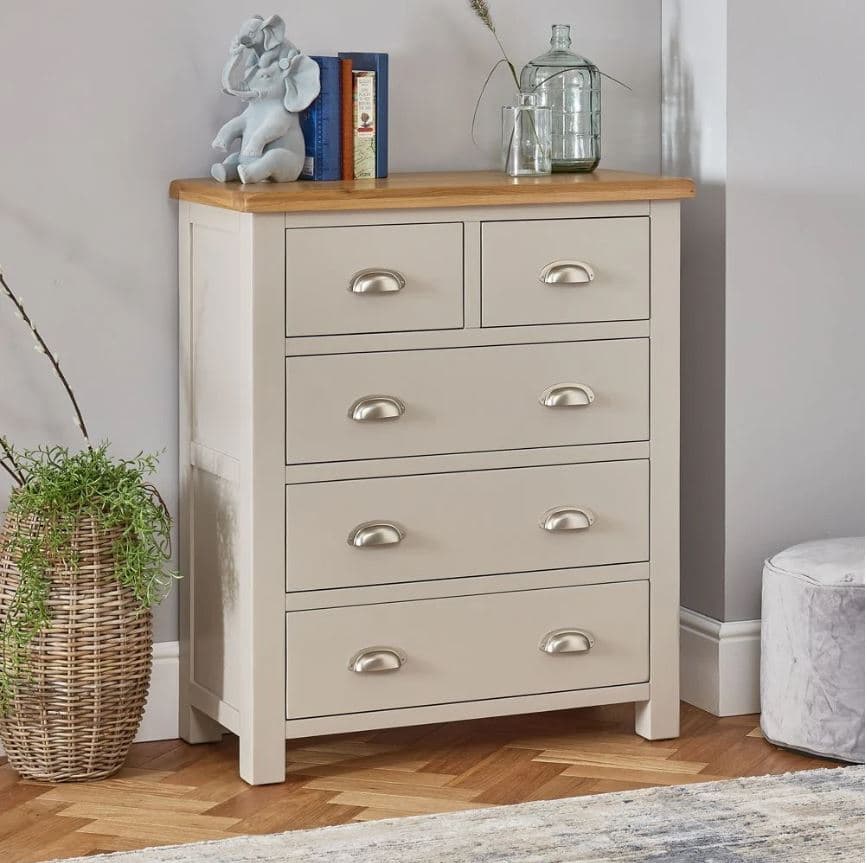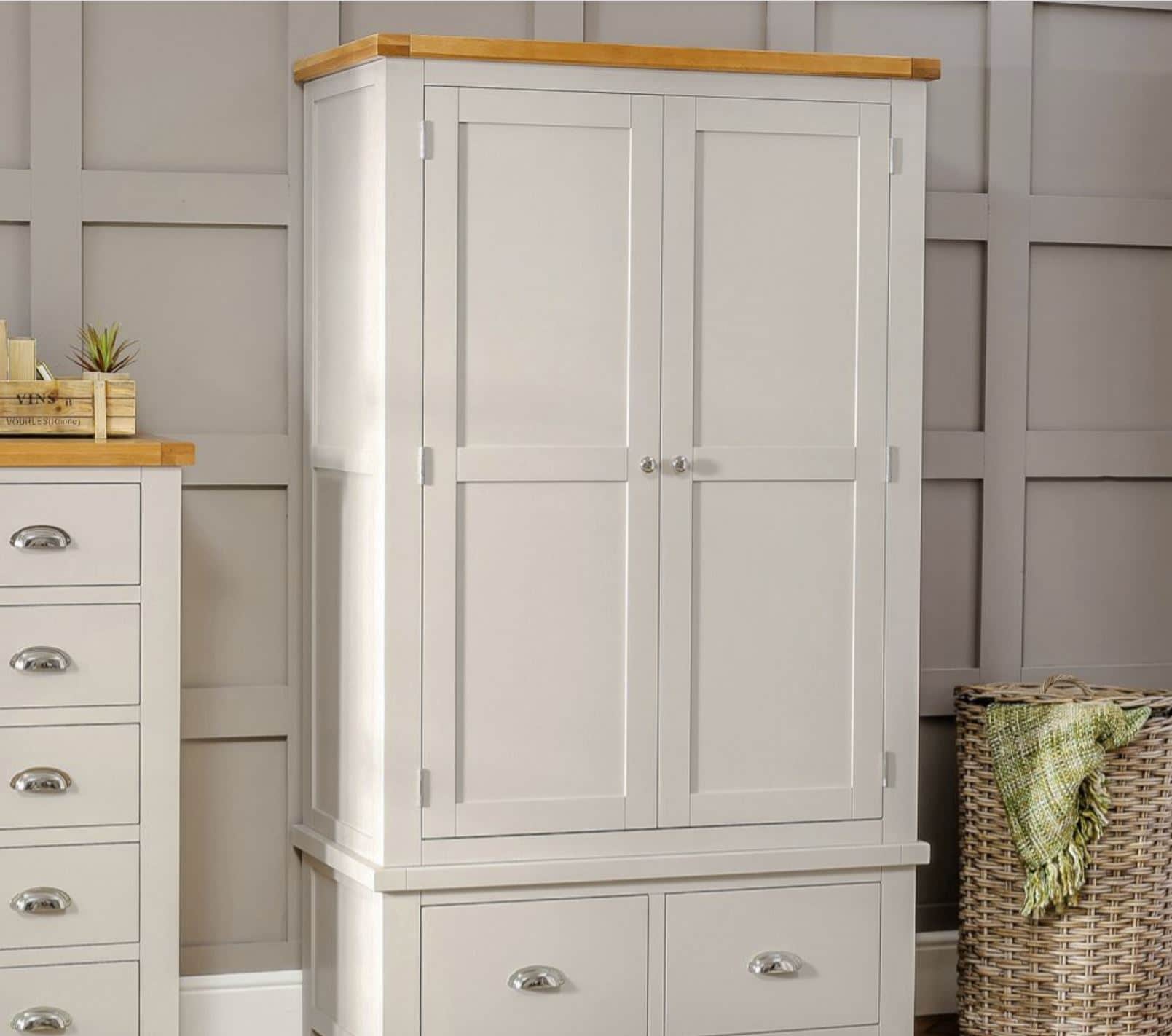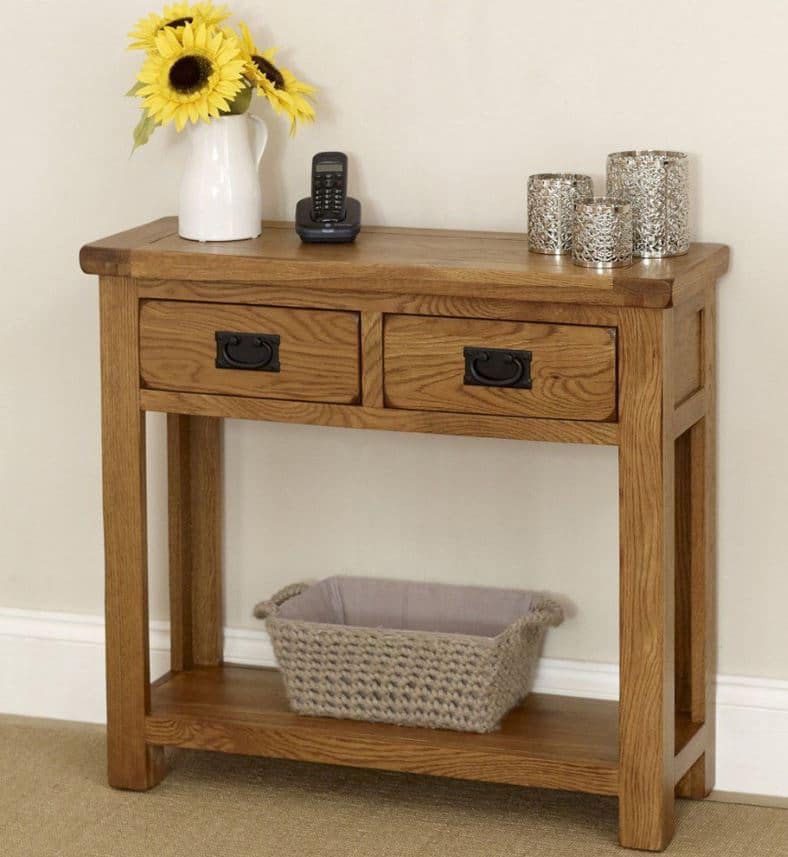How to Create an Edwardian Interior
- By Alicia Newman
- User Guides
- views
The Edwardian era spanned a short nine year period between 1901 and 1910 during the reign of Edward VII. Following the heavy colours and interior furnishings of the Victorian period, Edwardian interiors embraced lighter and brighter colour schemes as well as more refined and delicate patterns that were influenced by Art Nouveau styles of decor.
During this period colour schemes moved away from the deep reds and greens of the Victorian era and instead showcased subtle, pastel hues such as lemon, mint green, lilac and grey. Darker colours were used in the fabrics of the living room area but were given a breath of fresh air with soft cream and ivory walls.
The feminine, dusky tones of the interior decor were contrasted with dark oak block or parquet flooring that was highly polished to give a luxurious sheen and lustre and was finished with a traditional oriental rug for a splash of colour and pattern. Floor tiles were also hugely popular during the Edwardian Period with plain red quarry tiles arranged in a herringbone design or a selection of geometric style floral motifs that looked particularly striking in bathrooms and hallway areas.
Wallpaper was a prominent feature in every room of the home and created visual detail and colour across the majority of the wall space. Dado rails were extremely popular during this time with a plain paper or paint finish above and a strong and bold patterned design below to create a contrasting yet complimentary division in decor. Lincrusta (Embossed wallpaper) gave a rubber like texture to walls and featured elegant Art Nouveau patterns with hints of metallic gold or silver. Alternatively flat wallpapers in fresh floral prints of wisteria and roses were popular in sitting room areas with damask or simple candy stripes selected for bedrooms and dressing room interiors.
As with most period homes the fireplace would take centre stage in the overall design of the interior. While the largest fireplace would take pride of place in the main living room, smaller fireplaces would be found in the bathrooms and bedroom areas. Edwardian fireplaces were slightly smaller than previous Victorian designs and often featured iron or copper hoods and simple decorative surrounds with a selection of decorative tiles that would complement the overall colour scheme of the selected room.
Detailed fabrics were used to compliment the fresh and subtle colour tones of Edwardian interiors. Lace blinds and panels were hung in full length drops or ornate shapes across the windows and were further complemented by a set of plain or floral print curtains in light and fresh colour combinations that complimented the wallpaper theme. For a more modern take on the this period design opt for a simple candy stripe of floral roller blind that will create a bright and airy ambiance in your chosen interior. Embroidery and needlepoint was a popular pastime for the women of the Edwardian period and this is reflected in the detailed patterns that can be found in the cushions, bedding and throws of the time with their floral, art nouveau style designs.
By the early 1900s electric lighting had begun to be introduced into the homes of the wealthier classes. Fabric lampshades with an array of tassels and beaded embellishments were used on wall lights, table and standard lamps for a splash of colour and luxury. Ceiling roses were used to hide any unsightly wires that came with this new and functional electric lighting solution and central ceiling pendants of smoked glass designs were a prominent centrepiece in the majority of rooms. The famous Tiffany lamp was a recognisable feature of Edwardian libraries, studies and bedrooms and bases with elegant bronze female figures were also in keeping with the stylish Art Nouveau influences.
Edwardian furniture design embraced the love of reproduction items such as those in the Baroque and Rococo style and many homes featured statement furniture items such as dressers, or grand dining tables in this beautiful ornate style. Winged chairs and sofas were a popular choice in the majority of homes and featured pale damask fabrics and simple patterns. Wicker furniture also began to be introduced during the Edwardian period with the flexibility of the materials allowing designers to create more detailed and shapely forms that complimented the fluid patterns of the wallpaper and upholstery.
Accessories were used to add a stylish finishing touch to Edwardian interior designs and they reflected the trends and innovations of the period. Early gramophones took centre stage in grand Edwardian homes and featured highly polished wooden exteriors and conical shells that would often be crafted into floral petal like formations. Silver accessories such as cake stands and photo frames were used to decorate tables and sideboards and sat comfortably next to glassware from famous names such as Lalique and pale pastel Royal Worcester china.
For more ideas on creating an Edwardian inspired interior in your home, take a look at our latest Pinterest board - Pinterest - Edwardian Interiors

